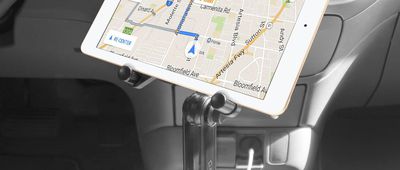Winter Wanderland
Unless you’re taking your RV someplace warm for the winter, it needs to be prepped for the cold, when unused pipes are as likely to burst as they are in an apartment and animals might be looking for a warmer place to hide out. Keeping plumbing and heating systems safe when it gets to be freezing isn't difficult, but it takes some planning. Here are just some of the important steps you'll need to take to make sure your RV winterizing efforts go smoothly.
Related: 40 RV Retirement Spots for Snowbirds




































